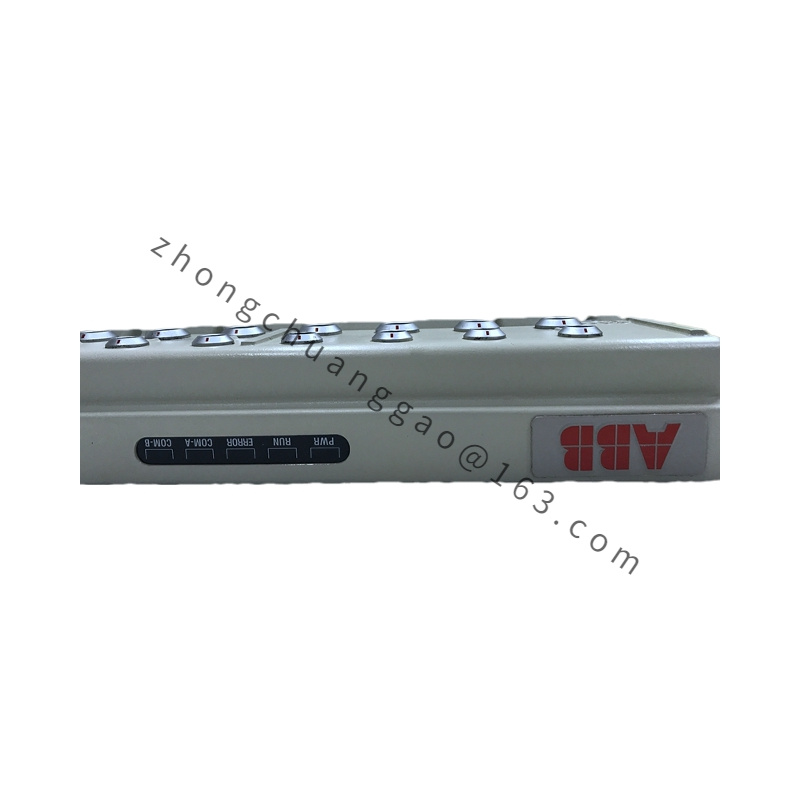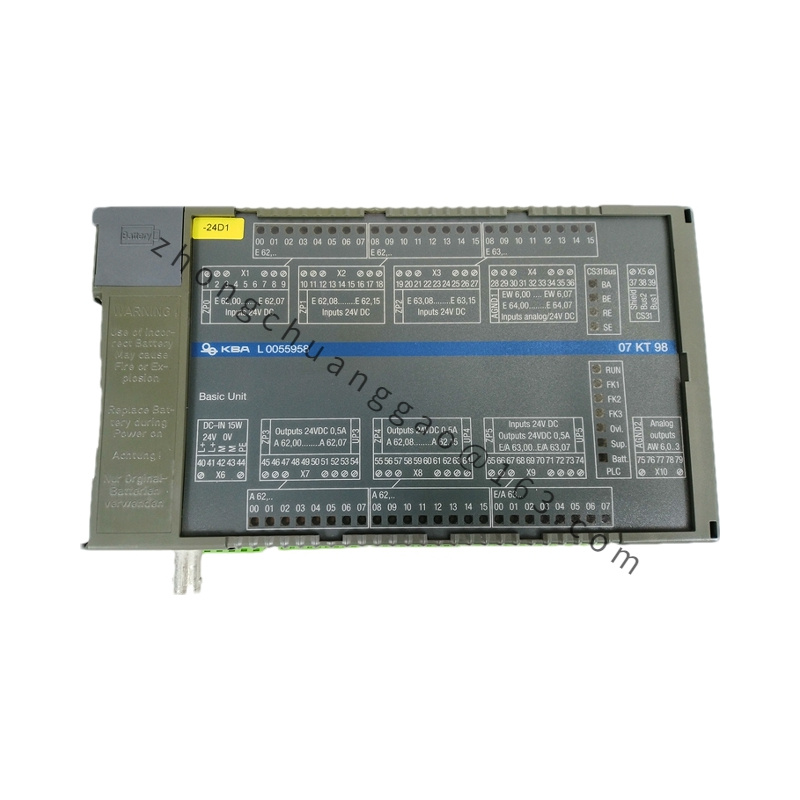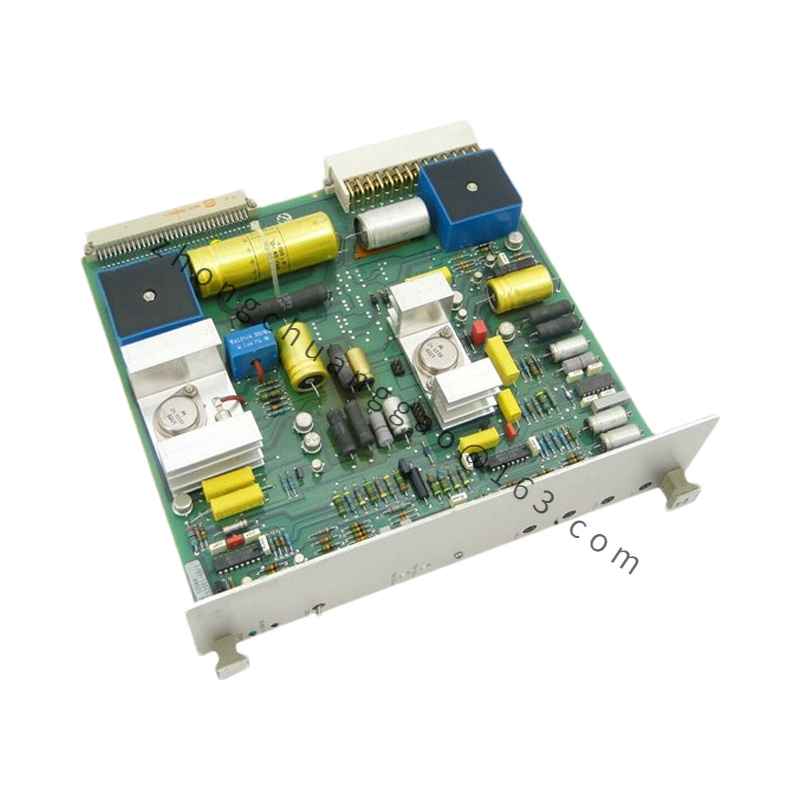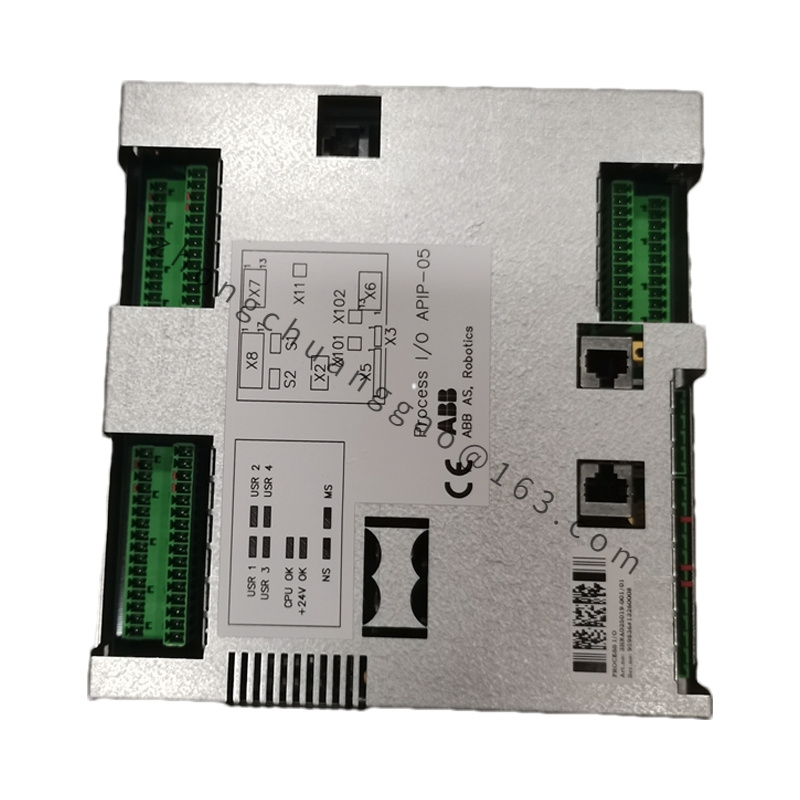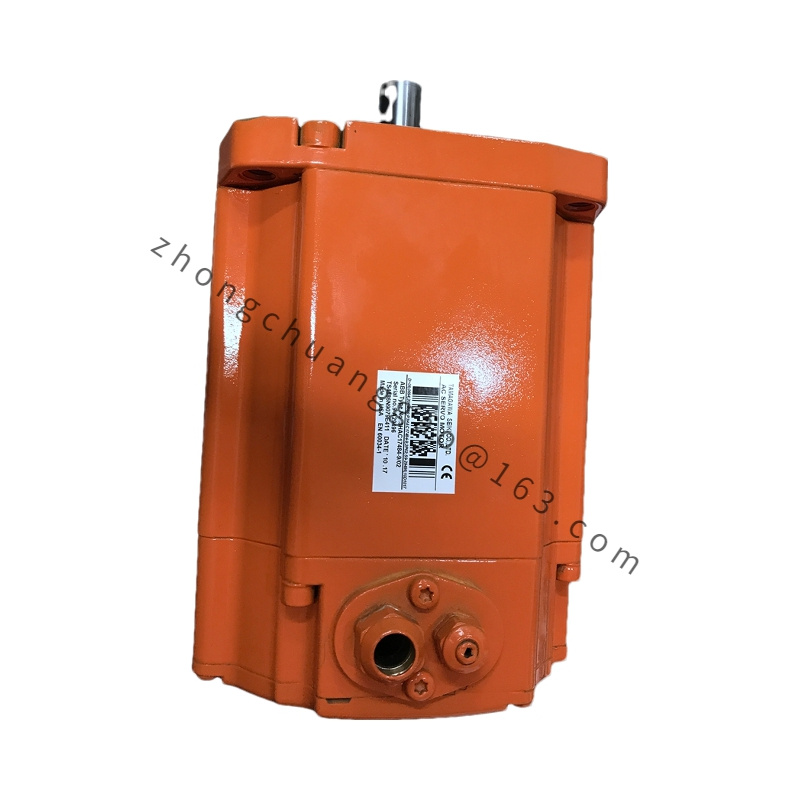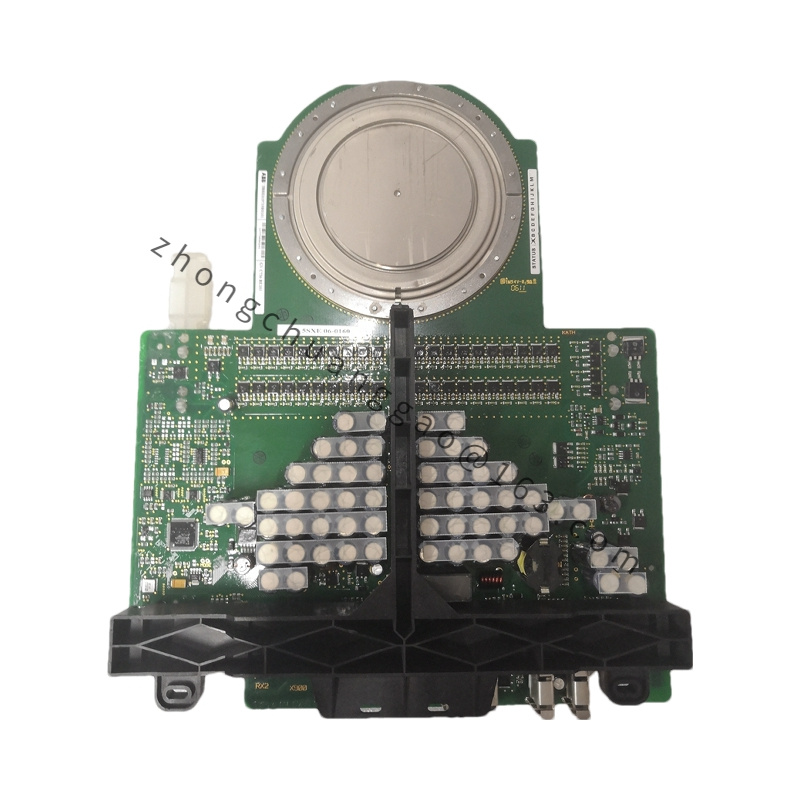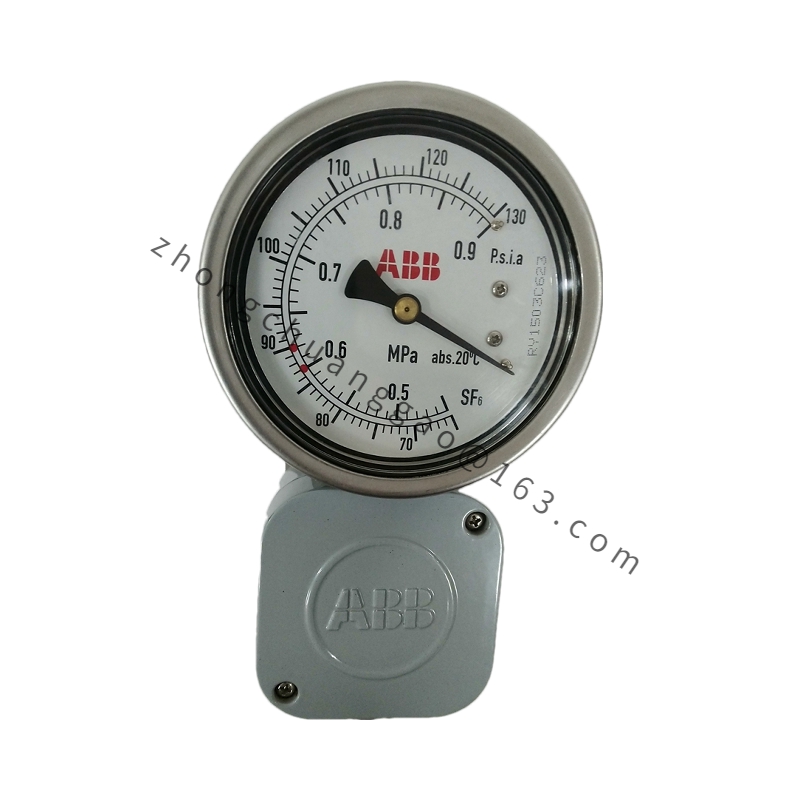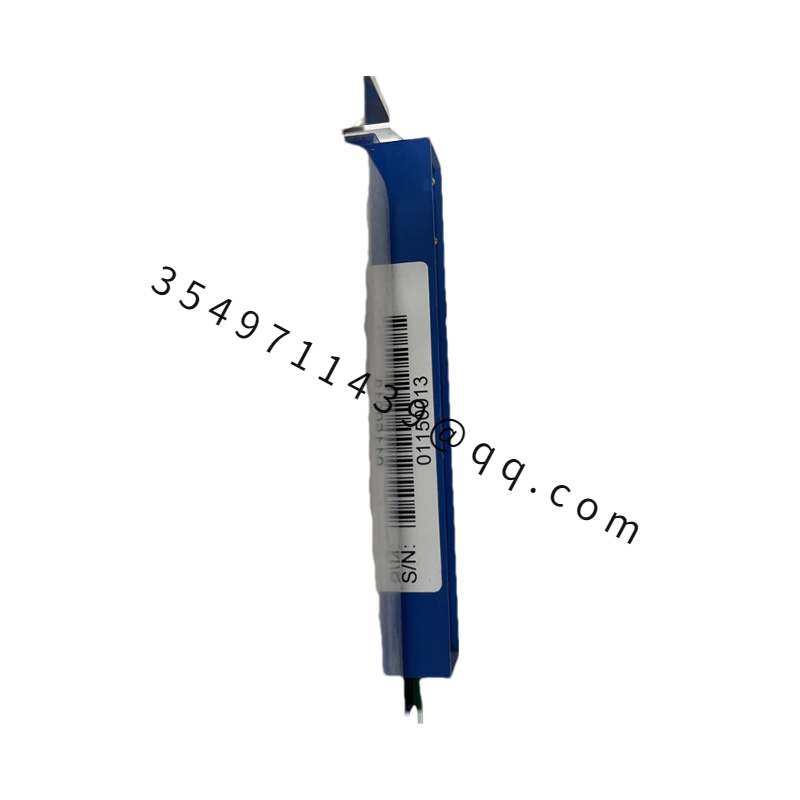ABB SPNIS21
Technical Specifications:
Processor: Based on a 32-bit microprocessor, offering fast processing speeds and robust computational capabilities.
Clock Speed: Up to 100 MHz, ensuring efficient and timely execution of tasks.
Memory: Equipped with 256KB RAM and 512KB Flash, providing ample storage for program data and execution.
Detailed content
I/O Ports:
2 Ethernet ports
2 RS232/RS485 ports
32 programmable I/O pins, supporting both analog and digital I/O.
Power Supply:
Rated Voltage: 24V DC
Rated Current: 2A
Power Consumption: <20W
Environmental Conditions:
Operating Temperature: -20°C to +60°C
Storage Temperature: -40°C to +85°C
Physical Dimensions: 144 x 80 x 35 mm, with a weight of 500g.
Functional Characteristics:
High Performance: Leveraging a 32-bit microprocessor, the SPNIS21 offers superior performance for various industrial applications.
Modular Design: The module is designed for easy expansion, enabling it to meet diverse application requirements.
Programming Flexibility: With support for S+ Control programming software, users can easily create complex control algorithms tailored to their specific needs.
Communication Capabilities: The module supports multiple control languages (e.g., function codes, C language, Basic Batch90, Ladder) and communication protocols, facilitating seamless integration into various control systems.
Redundancy and High Fault Tolerance: Provides a high-fault-tolerant redundant interface (Hner) for Block, ensuring reliability and continuity in critical applications.
Compliance: Conforms to IEC 61131-3 standards, ensuring compatibility and interoperability with other industrial automation systems.
Application Scenarios:
The ABB SPNIS21 is widely used in various industrial sectors, including but not limited to:
Chemical Industry: For process control and monitoring in chemical plants.
Petroleum and Natural Gas: In oil and gas refineries, pipelines, and exploration sites.
Power Generation: For power plant automation and control systems.
Metal Smelting: In metallurgical processes, including steel and aluminum production.
Food and Beverage: For automation and control in food processing and packaging lines.
Water Treatment: In water purification and wastewater treatment plants.
Pulp and Paper: For automation of pulp mills and paper production lines.
Textile and Rubber: In textile dyeing, weaving, and rubber processing plants.
Plastics and Polymers: For automation and control in plastic injection molding and extrusion processes.



